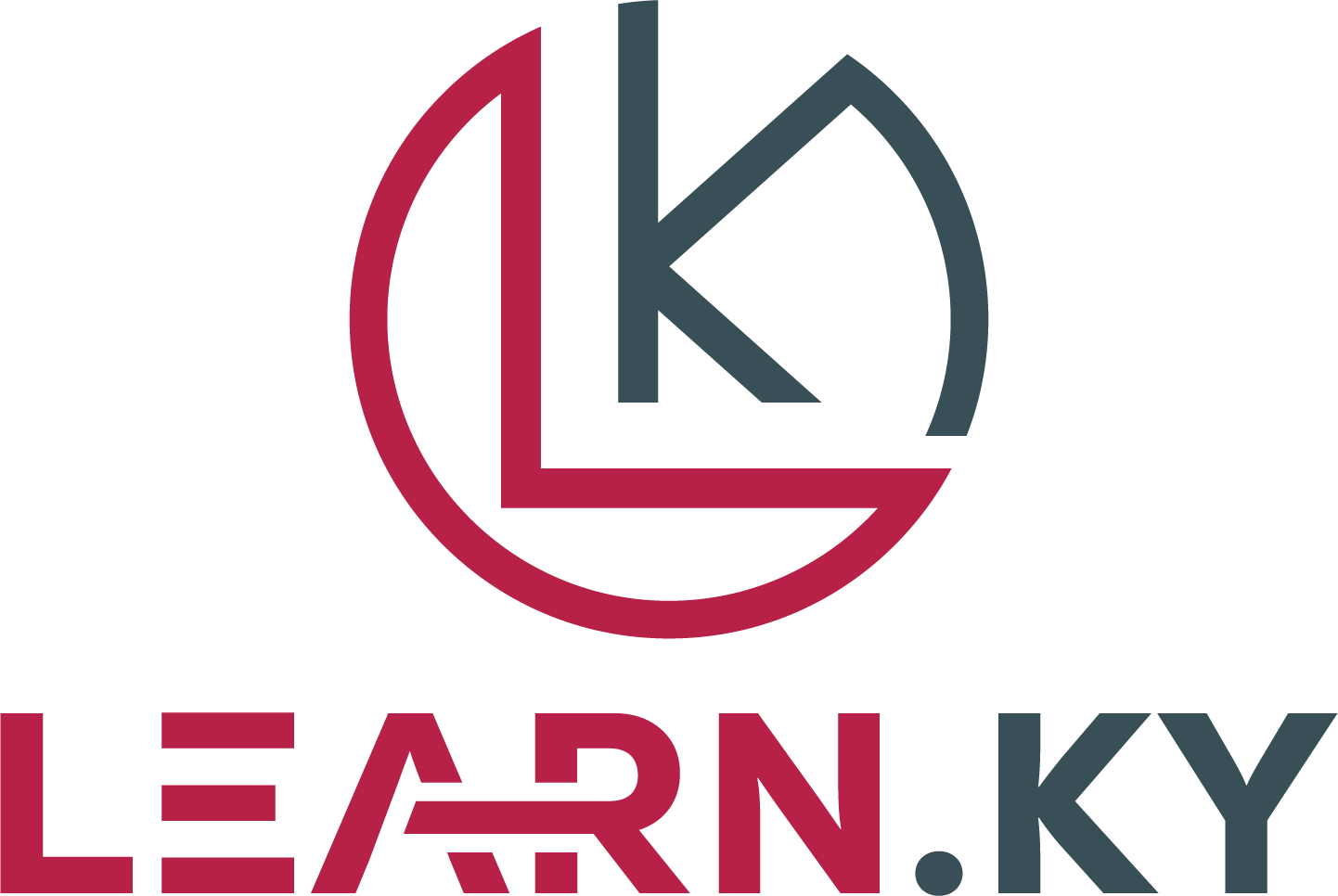The rapid advancement of technology has brought about a new era of immersive experiences that go beyond traditional forms of interaction. Extended reality (XR), which encompasses virtual reality (VR), augmented reality (AR), and mixed reality (MR), is not just a trend but a transformative force that is reshaping the way we perceive and engage with the world around us. In this article, we will explore the potential of XR to unlock the future of human-computer interaction, create new opportunities for businesses, education, healthcare, and entertainment, and revolutionize the way we live, work, and play.
Understanding Extended Reality
Extended reality refers to a spectrum of technologies that blend the physical and digital worlds, creating immersive and interactive experiences for users. VR immerses users in fully virtual environments, while AR overlays digital content onto the real world, and MR combines elements of both. These technologies leverage computer-generated imagery, sensors, and advanced hardware to create realistic and interactive environments that extend beyond what is possible in the physical world.
The Power of Immersion
One of the key strengths of XR is its ability to create a sense of presence and immersion that transports users to different realities. By wearing a VR headset or viewing content through AR glasses, users can step into new worlds, explore fantastical landscapes, and interact with virtual objects as if they were real. This immersive quality has immense potential for training simulations, design visualization, and entertainment experiences that blur the line between fiction and reality.
Enhancing Communication and Collaboration
XR is not just about escapism; it also has the power to revolutionize the way we communicate and collaborate with others. With the rise of remote work and global teams, XR technologies offer new ways to connect and engage with colleagues, clients, and partners in virtual spaces. From virtual meetings and shared workspaces to virtual conferences and collaborative design sessions, XR enables a level of interaction and engagement that transcends physical boundaries.
Transforming Industries
The potential of XR extends far beyond entertainment and gaming, with industries ranging from healthcare and education to manufacturing and retail embracing these technologies to drive innovation and improve outcomes. In healthcare, XR is being used for surgical training, patient education, and medical simulations. In education, XR is revolutionizing learning experiences by making abstract concepts tangible and engaging. In manufacturing, XR is streamlining design processes and enhancing visualization of complex systems. In retail, XR is transforming customer experiences by allowing shoppers to try products before they buy.
Challenges and Opportunities
While XR holds immense promise, it also poses challenges in terms of privacy, accessibility, and ethical considerations. As these technologies become more prevalent, it is essential to address issues such as data security, user safety, digital well-being, and inclusivity to ensure that the benefits of XR are realized for all. By fostering an open dialogue and collaborating with experts across disciplines, we can unlock the full potential of XR to create a future that is inclusive, equitable, and sustainable.
Conclusion
As we look beyond the virtual horizon, it is clear that extended reality is not just a fad but a fundamental shift in how we interact with technology and the world around us. By harnessing the power of XR to create immersive experiences, enhance communication and collaboration, and transform industries, we can unlock a future that is rich with possibilities. It is up to us to embrace these technologies responsibly, foster innovation, and build a future that is truly beyond our wildest imaginations. The journey to the future of extended reality has only just begun, and the possibilities are endless.










